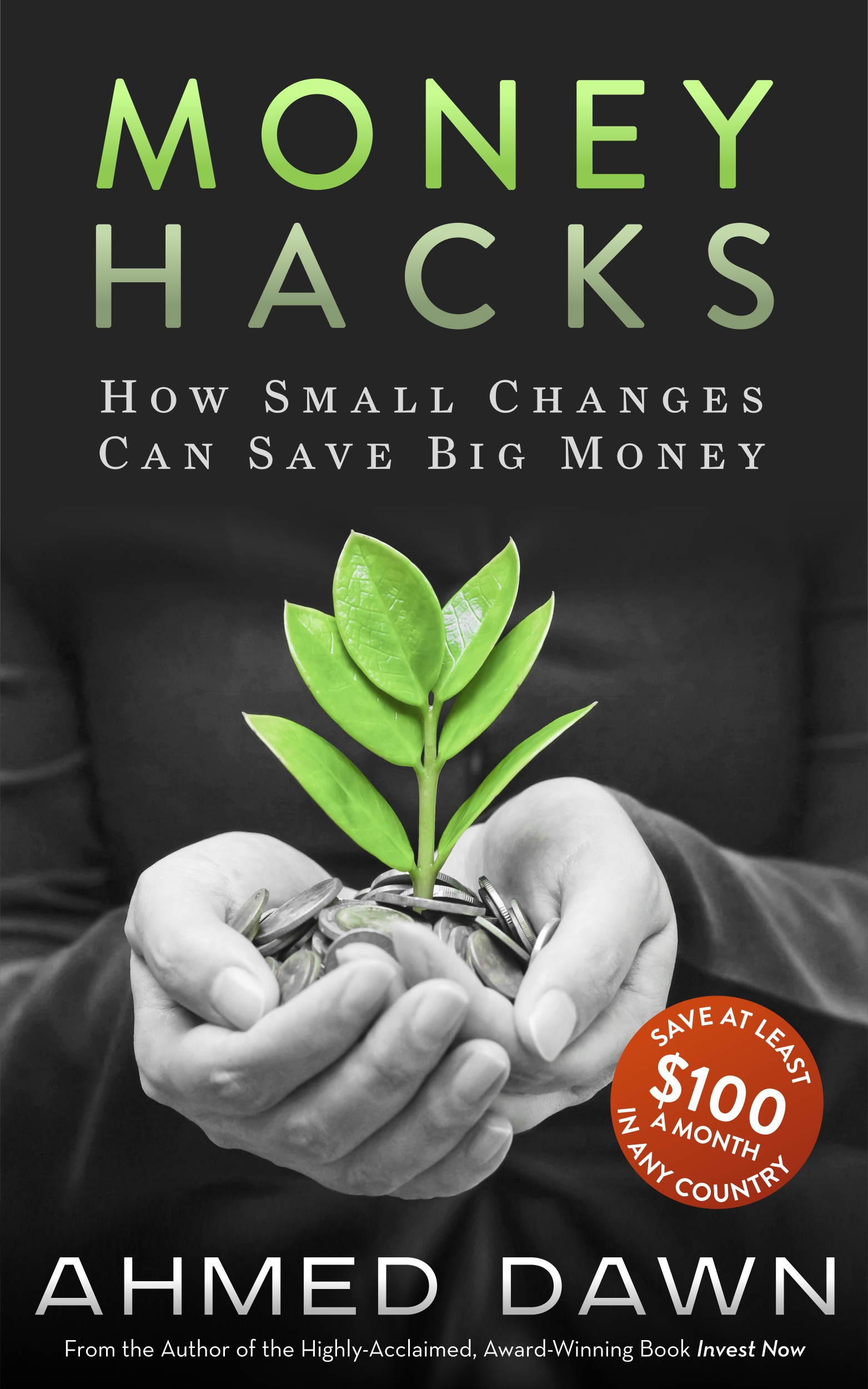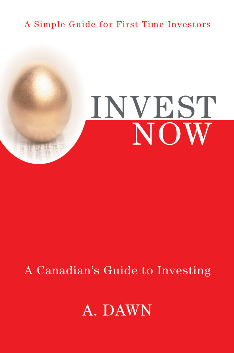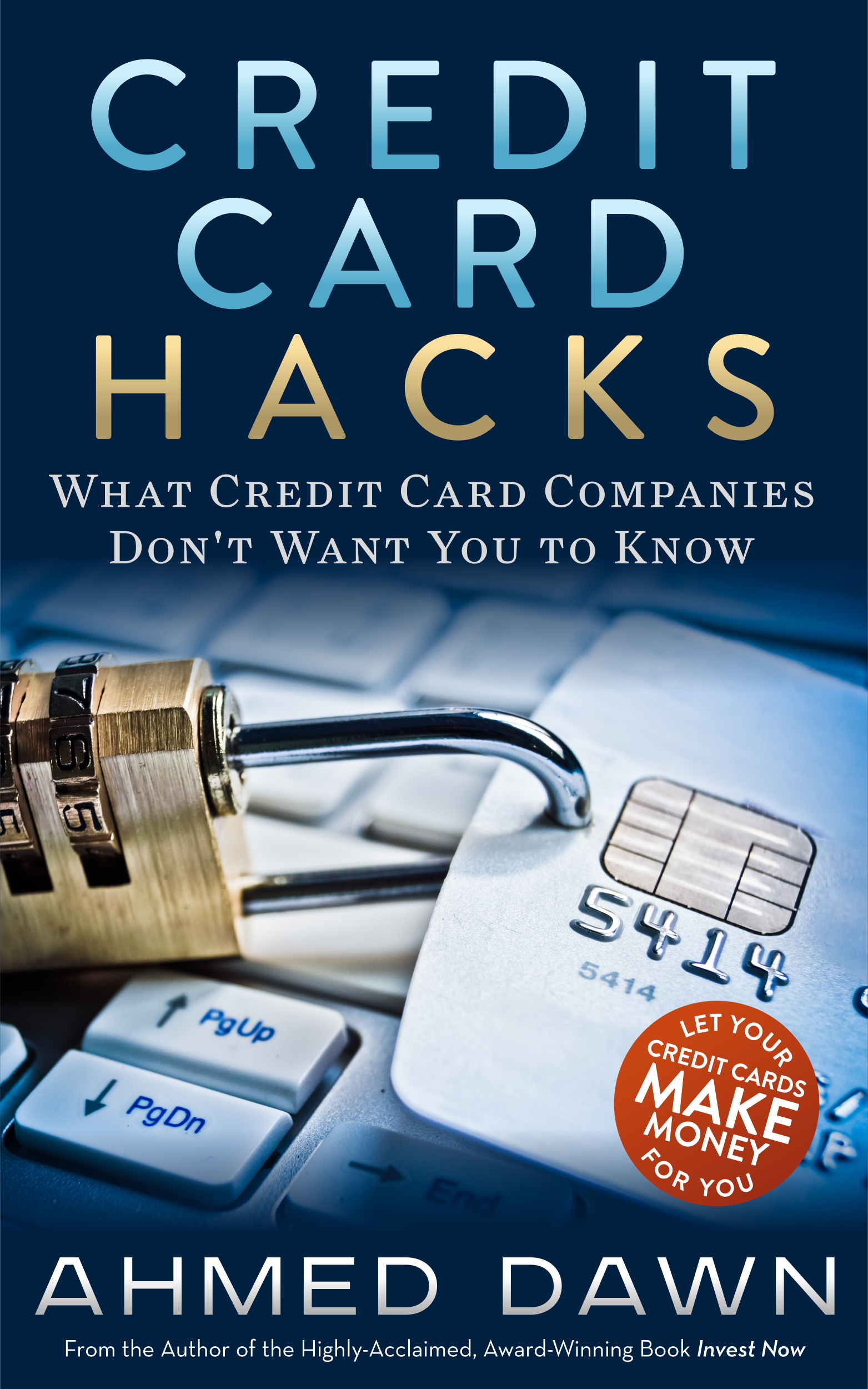Can Grocery Gateway Save You Money?
/What Is Grocery Gateway?
First Published Date: July 2, 2014
Grocery Gateway is a an online grocery grocery store servicing the Toronto area. It is a part of premium grocery chain Longo’s. The idea of Grocery Gateway is fairly straight forward. Instead of going to the grocery store, the grocery store comes to you at a time of your choice. And yes, depending on some factors you may be able to save money with Grocery Gateway.
What’s The Minimum Purchase Required?
The minimum amount of purchase required is $45 at Grocery Gateway. During the checkout, you can pick several delivery windows from 6:00 AM to 10:00 PM for the next few days. The delivery fee is $9.95, regardless of order size, as long as the $45 minimum is met.
When Grocery Gateway Can Save You Money
If you do not own a car, like many other people who live in big cities, Grocery Gateway is a convenient option to save money and time. For example, if you are getting weekly or monthly groceries, it may not be possible to use public transit and you will end up taking a cab. A taxi ride from my nearest grocery store to my place comes close to about $15 + tips. For some of us, a taxi ride from the nearest grocery would cost a lot more. In situations like these, $9.95 delivery fee is definitely a bargain. Plus you are avoiding the hassle of carrying bulky items by yourself.
When Grocery Gateway Will Not Save You Money
For those of you who have cars, Grocery Gateway may not make sense, as it is easier to just drive and pick up your groceries.
What I Do
I take a mixed approach depending on what I need and when I need it. I have to pass by 3 grocery stores on my way from work to home. For most of my daily necessities, I pick up an item or two as I need them. However, when it comes to bulky or heavy items for which I would have had to take a taxi, I use Grocery Gateway instead and save money. This usually happens once every 2 months or so.
Last Word
Not all big cities have services like Grocery Gateway. If your city has similar online grocery stores like Grocery Gateway, you can save money and time depending on how you utilize it.








